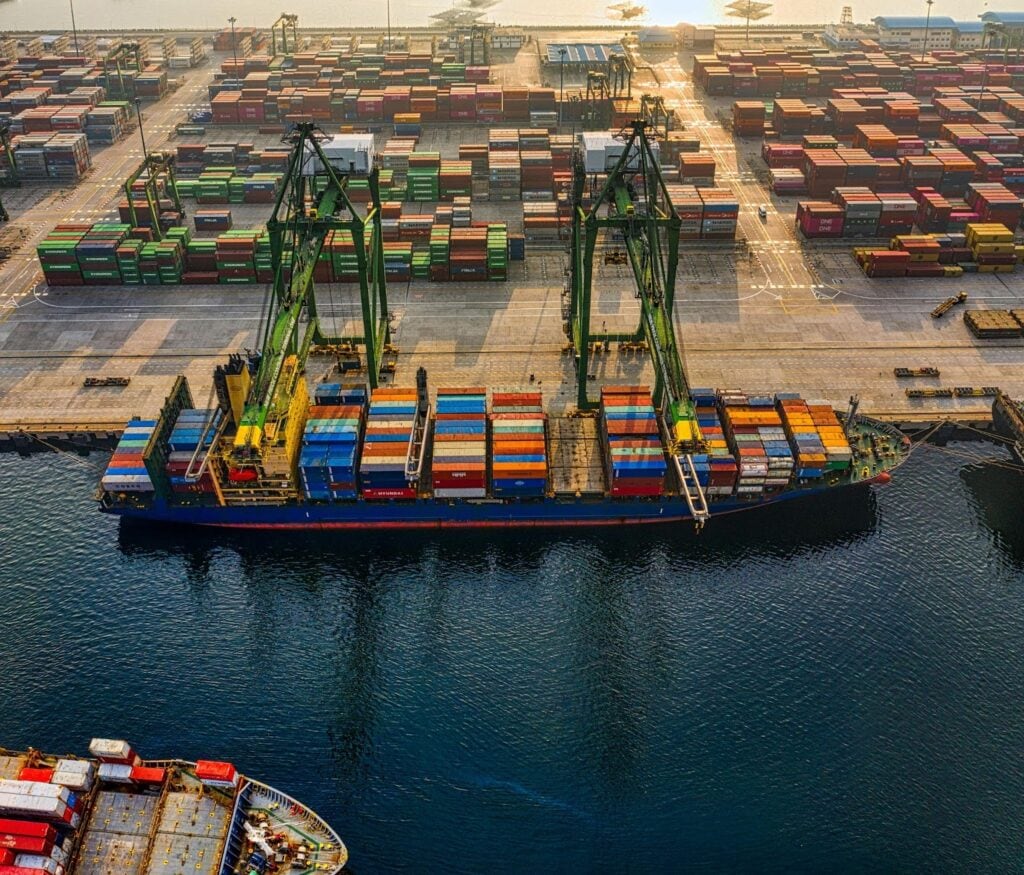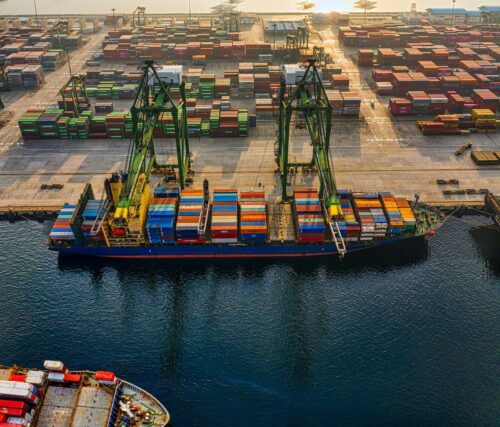Surrender Bill of Lading Explained: Benefits, Applications, and Role in Shipping

Understanding the complexities of global shipping demands a thorough understanding of documents like the surrender bill of lading. This guide explains its role in transferring legal ownership, streamlining the shipping process, and minimizing legal problems.
Every shipment tells a story, and at the heart of each tale is a crucial document: the bill of lading. This official document not only signifies legal ownership but also ensures the smooth transfer of ownership from one party to another, safeguarding the shipping process.
Among its variations, the surrender bill of lading stands out as a unique instrument, facilitating international trade transactions without the physical exchange of the original document.
This guide will explore the intricacies of the surrender bill of lading, offering comprehensive insights into its uses, benefits, and crucial role in streamlining ownership transfer in global commerce.
Understanding the Surrender Bill of Lading
A Surrender Bill of Lading marks a pivotal shift in the shipping process, distinguishing itself from traditional bills of lading by its method of transferring ownership.
Unlike the standard version, which requires the physical handover of the document to transfer legal ownership, a surrender bill allows for the ownership rights to change hands through a telex release or electronic communication, often facilitated by a local bank or shipping agent.
This legal document is instrumental in scenarios where speed and efficiency are paramount. It enables importers and exporters to expedite the shipping goods process without delaying physical document exchange.
Essential characteristics include:
- Electronic transfer of ownership.
- No need for an original bill handover.
- Telex release for quick processing.
- Legal problems avoidance by ensuring ownership clarity.
Typically employed when:
- Quick cargo release at the destination port is needed.
- Importers pay for goods and require immediate ownership transfer.
- International trade transactions demand speed and efficiency.
The Role of the Surrender Bill of Lading in Shipping

The Surrender Bill of Lading is essential in modern shipping. It streamlines the transfer of ownership and facilitates smoother global trade operations.
Here’s a closer look at its role across different shipping facets:
Facilitating Trade Transactions
The surrender bill of lading makes international trade more efficient by eliminating the need for physical document exchanges. This document allows exporters and importers to agree on payment terms and transfer ownership quickly, keeping goods moving swiftly across international borders and thereby enhancing trade fluidity.
Impact on Cargo Release
The Surrender Bill of Lading speeds up the cargo release process at the destination port. Without the necessity for an original bill to claim ownership, importers can access their shipped goods more rapidly. This efficiency is crucial for maintaining the momentum of international logistics operations and meeting delivery deadlines.
Advantages in Shipping Logistics
Employing a Surrender Bill of Lading brings unparalleled efficiency and security to shipping logistics. It minimizes legal problems related to ownership claims and ensures timely release of shipped items to their rightful owners. This document is a cornerstone for reliable and swift international shipping, reducing delays and enhancing trust among trading partners.
Information and Documentation Included
A Surrender Bill of Lading includes critical information such as payment details, parties involved, and descriptions of the shipped goods. It acts as a legal document that underpins trustworthy relationships between exporters and importers, providing a clear record of the transaction and the items being transported.
Format and Legal Considerations
The format of a Surrender Bill of Lading is designed to meet international legal considerations, ensuring its global acceptance. It specifies conditions for telex release and express BL, key for the official closure of shipping transactions, and the smooth transfer of legal ownership.
This standardization is vital for preventing disputes and facilitating a clear understanding between all parties involved in the shipping process.
Practical Applications of a Surrender Bill of Lading

Understanding the practical applications of a Surrender Bill of Lading reveals its versatility and efficiency in modern shipping. Here is a closer look:
Ideal Situations for Its Use
A Surrender Bill of Lading is instrumental in transactions requiring rapid transfer of ownership and cargo release. It’s ideal for high-speed international trade where exporters surrender the document in favor of a telex release, ensuring importers receive goods without delay.
This process is beneficial in maintaining a trustworthy relationship between trading partners, especially when payment has been secured and both parties seek an expedited shipping process.
Guidelines for Shippers and Carriers
The Surrender Bill of Lading offers a streamlined approach to handling documentation for shippers and carriers. It’s crucial when the importer’s bank has confirmed payment, and legal ownership needs to be transferred swiftly.
Shippers should ensure all surrender bills are accurately completed and submitted to the carrier or local bank promptly. This facilitates a smooth telex release or express BL, minimizing the risk of legal problems and ensuring the cargo reaches the importer efficiently.
Conclusion
Understanding the complexities of global shipping demands a thorough understanding of documents like the surrender bill of lading. This guide has illuminated its role in transferring legal ownership, streamlining the shipping process, and minimizing legal problems.
By leveraging telex release and surrendered BL mechanisms, businesses can expedite cargo release and claims ownership, fostering a smoother logistical process. The involvement of local banks in submitting documents and confirming payments underscores the surrender bill’s importance in international trade.
As you step forward, armed with knowledge about the surrender bill of lading, you’re now better equipped to understand the shipping and logistics landscape more effectively. This prepares you to handle legal ownership with confidence and ensures you can utilize surrender bills to optimize your shipping operations.
